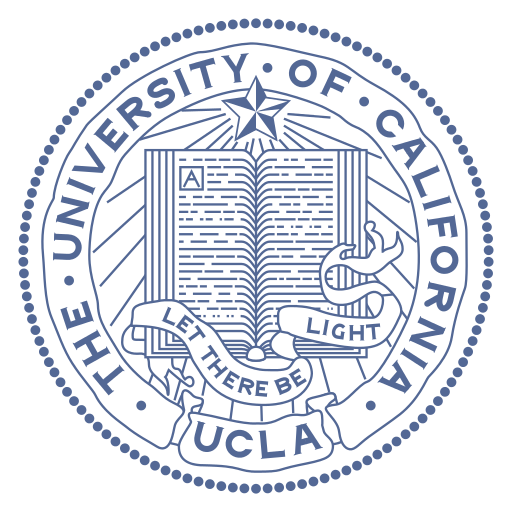229Th Nuclear Clock
Though atomic clocks sound like the stuff of science fiction, their technological impact on everyday life is profound. Currently, atomic clocks are used to enable global positioning systems, cellular telephones, and the synchronization of modern-day electrical power grids. Improved clocks, based on optical frequency standards, are likely to enable several new technologies such as secure data routing, jamming resistant communication, high-resolution coherent radar, and improved global positioning. Furthermore, high-precision clocks have also provided a means to probe fundamental issues in physics, such as the most stringent tests of General Relativity. Because of these motivations, there is presently enormous, world-wide effort to build the next-generation of atomic clocks. It appears universally recognized that the most promising route to improved clocks uses reference oscillators based on optical transitions. Indeed, several optical atomic clock experiments have already reported better stability than the primary Cesium standard, which keeps time for the nation.
In 2010, we proposed (W.G. Rellergert et al., Phys. Rev. Lett. 104, 200802 (2010)) a novel optical frequency standard based on a high-Q transition in the 229Th nucleus, this “nuclear” clock architecture promises several orders of magnitude improvement in precision over next-generation optical atomic clocks, while simultaneously reducing experimental complexity. This paradigm shift in optical frequency standards is possible because, as indicated by recent data, the 229Th transition has the lowest energy of any known nuclear excitation, making it amenable to study by laser spectroscopy! Furthermore, because nuclear energy levels are relatively insensitive to their environment, the complicated vacuum apparatus of current optical frequency standards can be replaced by a single crystal doped with 229Th atoms.
To date, our work has been focused on two of the most significant experimental challenges for constructing a solid-state optical clock based on the 229Th nuclear transition: finding and constructing a suitable host crystal and determining the clock transition frequency. These efforts are described in our publications.

